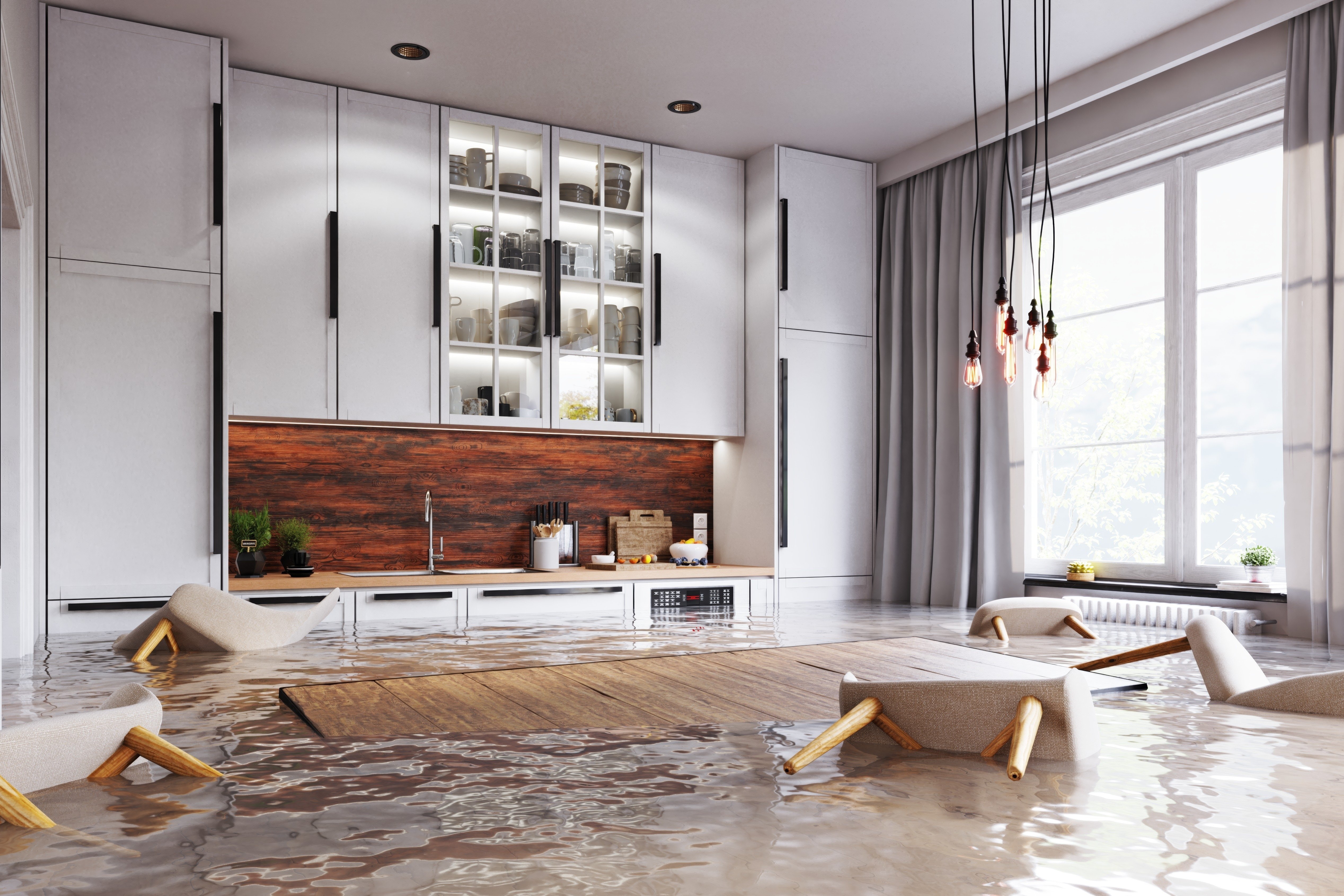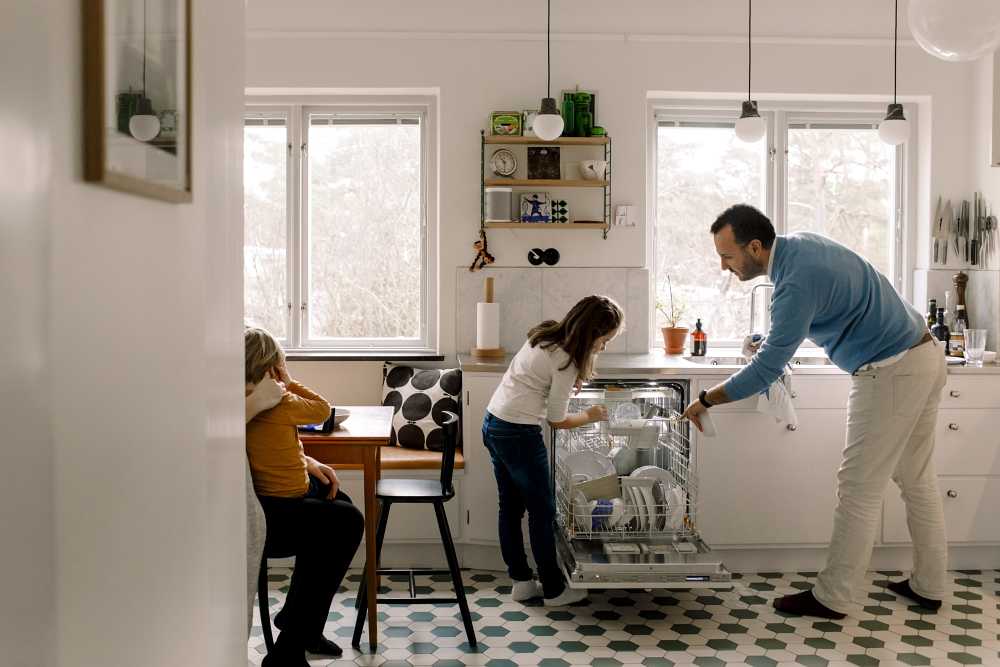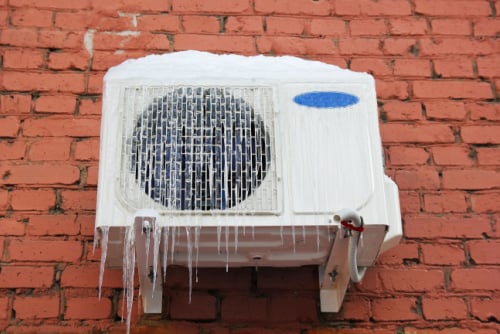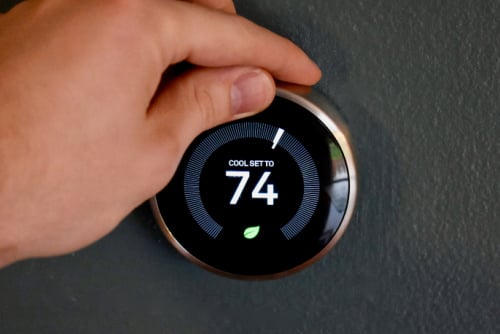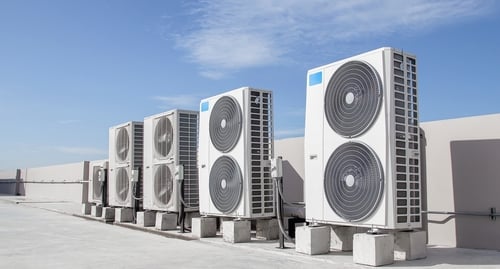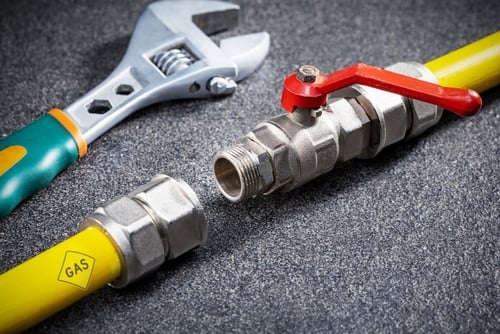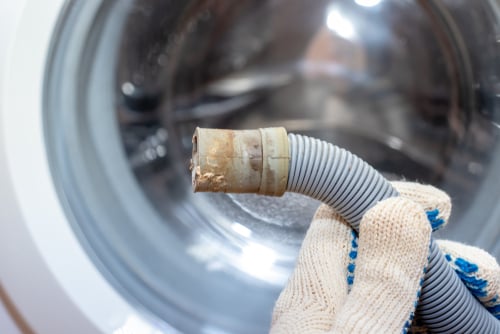Dealing with a flooded house is a heartbreaking ordeal. After suffering the trauma of watching the water rise and damage your home, you’re left with the difficult task of coordinating clean-up, demolition, construction, and insurance claims.
We’re here to help. Use this handy guide to determine the exact steps to take after a house flood to ensure your house gets restored to the cozy home you’ve worked so hard to create.
What to do if your house floods: 10 steps to follow
1. Make sure it’s safe to return
Before you re-enter your home, assess whether it’s safe to do so. Floodwaters can severely weaken the structural integrity of buildings, and there could be hidden dangers like electrical hazards, broken glass, or exposed sharp objects. If you're unsure whether it’s safe, wait for local authorities to confirm. Additionally, check for any emergency evacuation orders and stay updated on weather conditions that might worsen the situation.
2. Stop the water
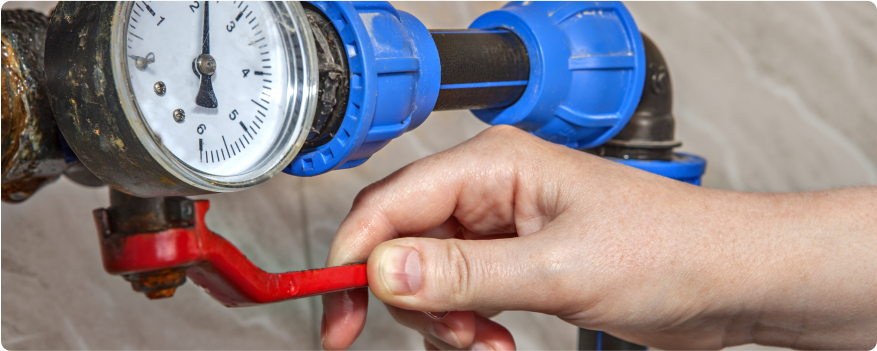
If the flooding is coming from a broken pipe or faulty line inside the house, the solution is relatively straightforward: Turn off the main water valve to the house.
If the flooding is coming from a flooded basement or garage, sandbagging can help redirect or slow the flow of water. Ensure outside drains are clear of debris that might cause clogging, especially in low-lying areas around your home.
If the water continues to rise, you might be stuck waiting for the floodwaters to recede.
3. Turn off the electricity — But only if it’s safe
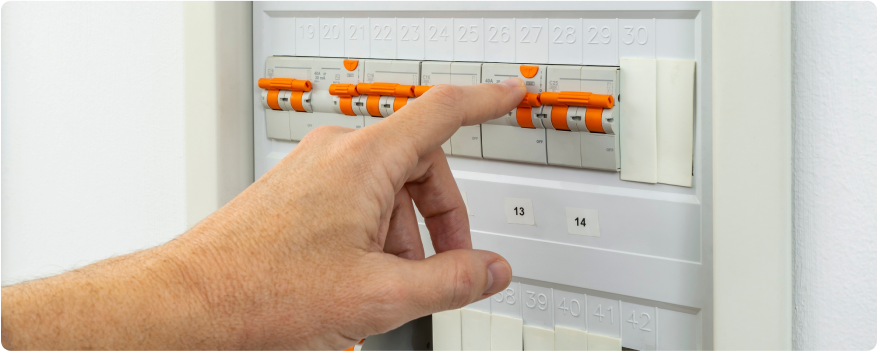
This is an important step, but don’t risk your life to make it happen. If you have to walk through water to get to the circuit breaker, stop. Call an electrician and let the electrician turn off the power for you.
4. Turn off the gas
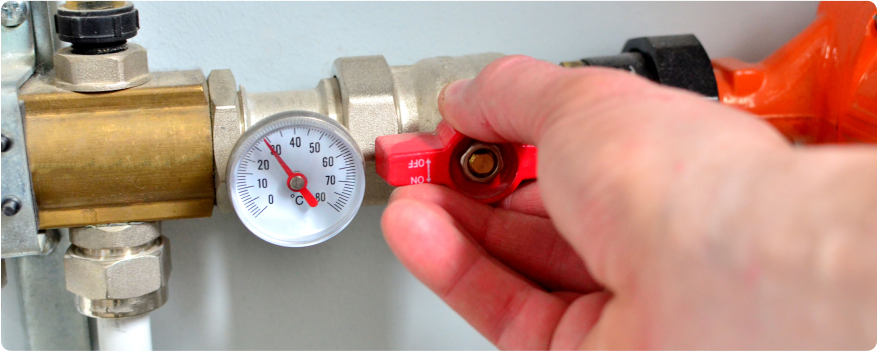
If you smell gas or suspect a gas leak, turn off the gas supply to your home immediately. Locate the main gas valve, typically found outside your home or near your gas meter. Turn the valve a quarter turn until it is perpendicular to the pipe to stop the flow of gas.
If you are unsure how to do this safely, or if you smell gas but cannot find the valve, evacuate your home and call your gas company or emergency services for assistance. Never use candles, lighters, or any open flames while checking for gas leaks.
5. Evacuate flooded areas
If your home has experienced major flooding, such as several rooms or an entire floor, evacuation might be necessary to keep you and your family safe. You should avoid waterlogged areas in your home as much as possible, as standing water can harbor bacteria, chemicals, and electrical hazards.
In the case of minor flooding, like an isolated bathroom or small section of the basement, you might be able to contain the problem and wait for the water to recede. For larger flooding events, determine if you should shelter in place or evacuate based on the safety of the home and any guidance from local authorities — good resources include the United States Federal Emergency Management Agency FEMA and ready.gov.
6. Call your insurance
As soon as you are safe and the immediate dangers have been addressed, contact your insurance company to report the flood. Provide them with all necessary details, including when and how the house flood occurred. Your insurer will guide you through the claims process and inform you of any immediate steps you need to take.
Most standard homeowner’s insurance policies do not cover flood damage. If you're unsure whether you're covered, check and consider adding flood insurance to your policy, especially if you live in a high-risk area.
7. Document everything
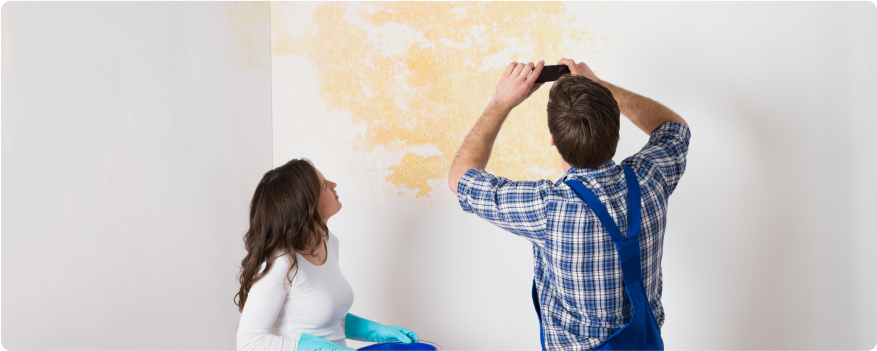
Thorough documentation is essential for your insurance claim and for any potential legal issues. Use a camera or smartphone to take clear photos and videos of all affected areas and damaged items. Capture images from multiple angles and distances to show the extent of the damage to the flooded house. Make a detailed inventory of damaged possessions, including descriptions, quantities, and approximate values.
If possible, gather receipts, purchase records, and any other proof of ownership or value. Keep all this documentation organized and readily accessible for your insurance adjuster and any future needs.
8. Start cleaning up
Flood waters can carry harmful chemicals and bacteria that can be hazardous to your health. Keep pets and children out of the water. Before stepping through the water or handling anything that’s been in the water, get into the appropriate protective equipment. This includes:
- Rubber boots
- Rubber gloves
- Safety goggles, to prevent contaminated water from splashing into your eyes
- Proper personal protective equipment (PPE) to deal with bacteria
- N95 mask or a half-face P100 respirator
Once you’re sure it is safe to enter the house and you're properly protected, here’s how to clean a flooded house:
- Remove all items that have been in contact with water.
- Pump the remaining water out of the flooded house, either with a wet/dry vacuum or a sump pump.
- Set up fans to continue drying your home.
If your home has extensive flooding or if you're dealing with more significant health hazards, consider hiring professional services. Companies that specialize in flood restoration or flood remediation have the tools and expertise to manage water damage, including detecting hidden moisture and drying out deeper materials.
9. Prevent mold growth
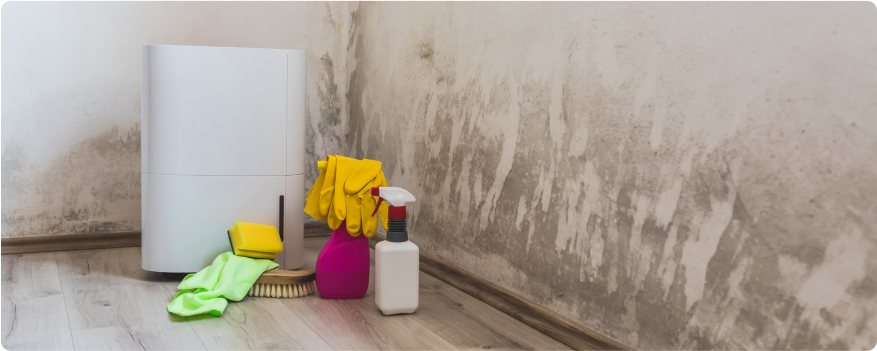
- Mold is a constant concern after experiencing a flood inside a house. Left unchecked, mold can quickly spread around your home and become hazardous to your entire family’s health. To successfully manage and prevent future mold growth:
- Promote airflow by using fans and opening windows to ventilate the area.
- Dry nonporous surfaces completely, but remember, mold can exist deep within wood, drywall, and other materials. Even if surfaces look dry, they may still harbor moisture.
- Check for signs of mold in dark, damp areas such as behind walls, under flooring, and in crawl spaces. Look for musty smells, discoloration, or visible mold patches. If you're unsure or suspect mold in deeper materials, contact a mold remediation specialist.
- Use a bleach solution (1 cup of bleach to 1 gallon of water) on nonporous surfaces like metal, plastic, and tile to kill and prevent mold growth. However, this will not be effective on porous materials like wood or drywall. For those, professional remediation may be required.
10. Demolition of damaged surfaces
Strip the damaged areas down to the studs and concrete, which means ripping up carpet, damaged floorboards, and drywall. Manage the demolition of your walls with the following steps:
Cut and remove the drywall about a foot above the waterline to ensure you’ve removed all moisture-impacted areas. (Pro tip: Leave 1-2 square feet wet to show your insurance adjuster.)
Your studs will likely be OK after they dry out, so keep a fan on them to help them dry.
Cut the insulation at the same level as the drywall and remove the bottom section. Be sure to wear proper gloves and long sleeves!
Before rebuilding, make sure that everything is thoroughly dried to avoid trapping moisture inside walls, which can cause mold or structural damage later on.
Was this article helpful?

